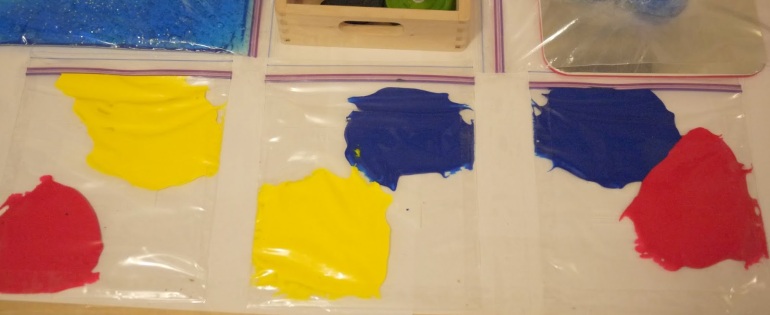News And Events

Growing Young Minds - Experimenting with Colours
24 July 2016
Experimenting with colours can be a fun and engaging way to introduce children to basic scientific ideas. As they learn to identify colours, children will develop skills to make observations and predictions, and test out different theories and ideas. As children explore different ‘hands on’ materials using all of their senses, their fine motor skills, hand eye coordination and concentration will develop and they will acquire language and communication skills to describe and express their thoughts and ideas.
Colour Changing Milk
You will need milk, a shallow dish, food colouring, cotton buds, dishwashing liquid
- Pour some milk into the shallow dish.
- Add approximately 5-6 drops of food colouring.
- Prepare the dish washing liquid in a small bowl, adding a small amount of water and mix with the end of the cotton bud.
- Place the soap soaked cotton bud into the centre of the of the milk dish.
The food colouring begins to swirl and move around the plate once the dish soap soaked cotton bud is added. It appears to work like magic and is fascinating to watch as the many shades of colours start forming, combining and also separating leaving the bright white of the milk.
Colourful Fizzing Bubbles
You will need a wide container, baking soda, white vinegar, food colouring, a dropper
- Spread the baking soda out into a thin layer to cover the bottom of the dish
- Mix the food colouring with the vinegar, one colour at a time
- Encourage children to squeeze drops of coloured vinegar onto the baking soda and watch it fizz!
The children will love the colourful, bubbling eruptions that result when baking soda and vinegar are combined and will provide an opportunity to discuss how different colours are made. You may also like to turn this activity into sensory messy play by encouraging children to use their hands to explore the mixture.
Primary Colours Squishy Bags
You will need red, blue and yellow paint, clear plastic zip lock lunch bags, sticky tape.
- Place the two coloured paints for each zip lock bag in opposite corners.
- Use the sellotape to stick the bags down onto a hard surface.
- Encourage the children to gently press and push the paints to the centre of the bag to blend and create new colours.
This experiment is a wonderful sensory experience for children to see how colours mix and form other colours. The children can also use the bags to write and draw with their fingers as an extension of this activity.


